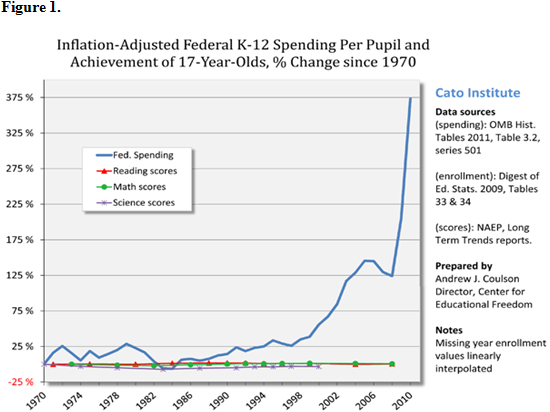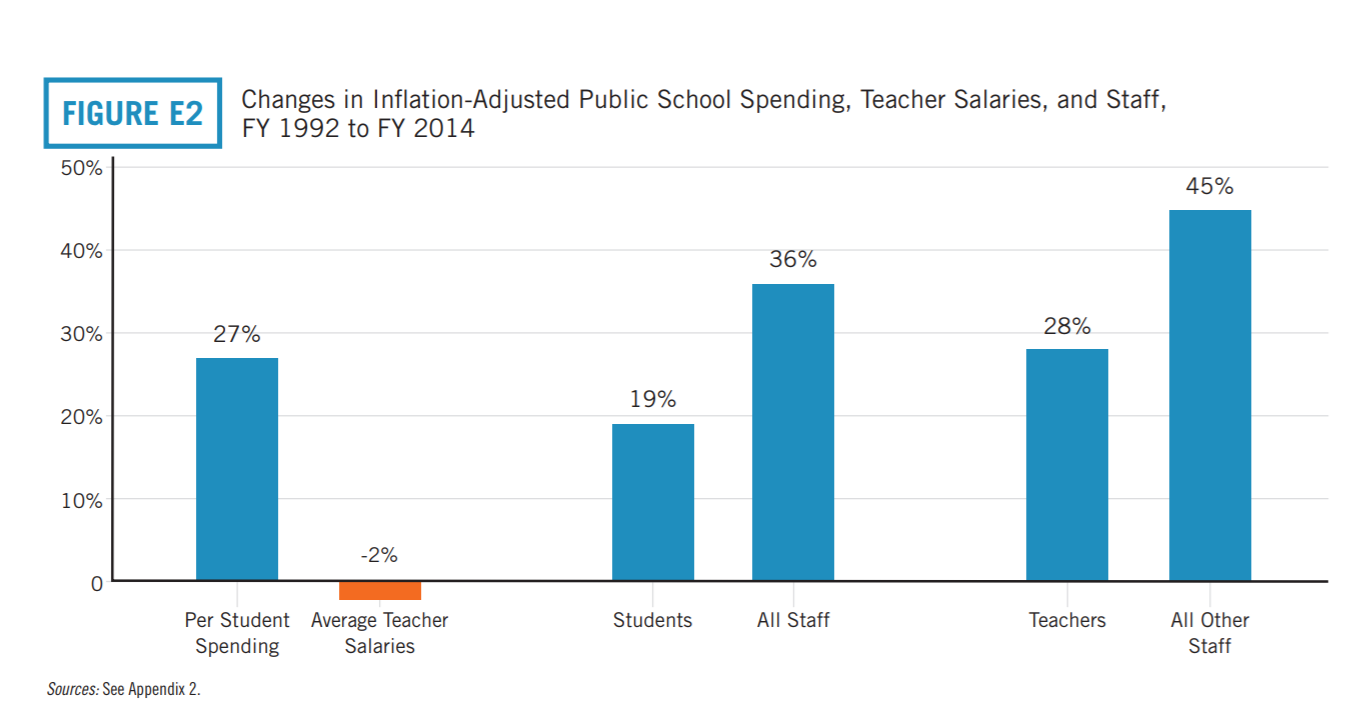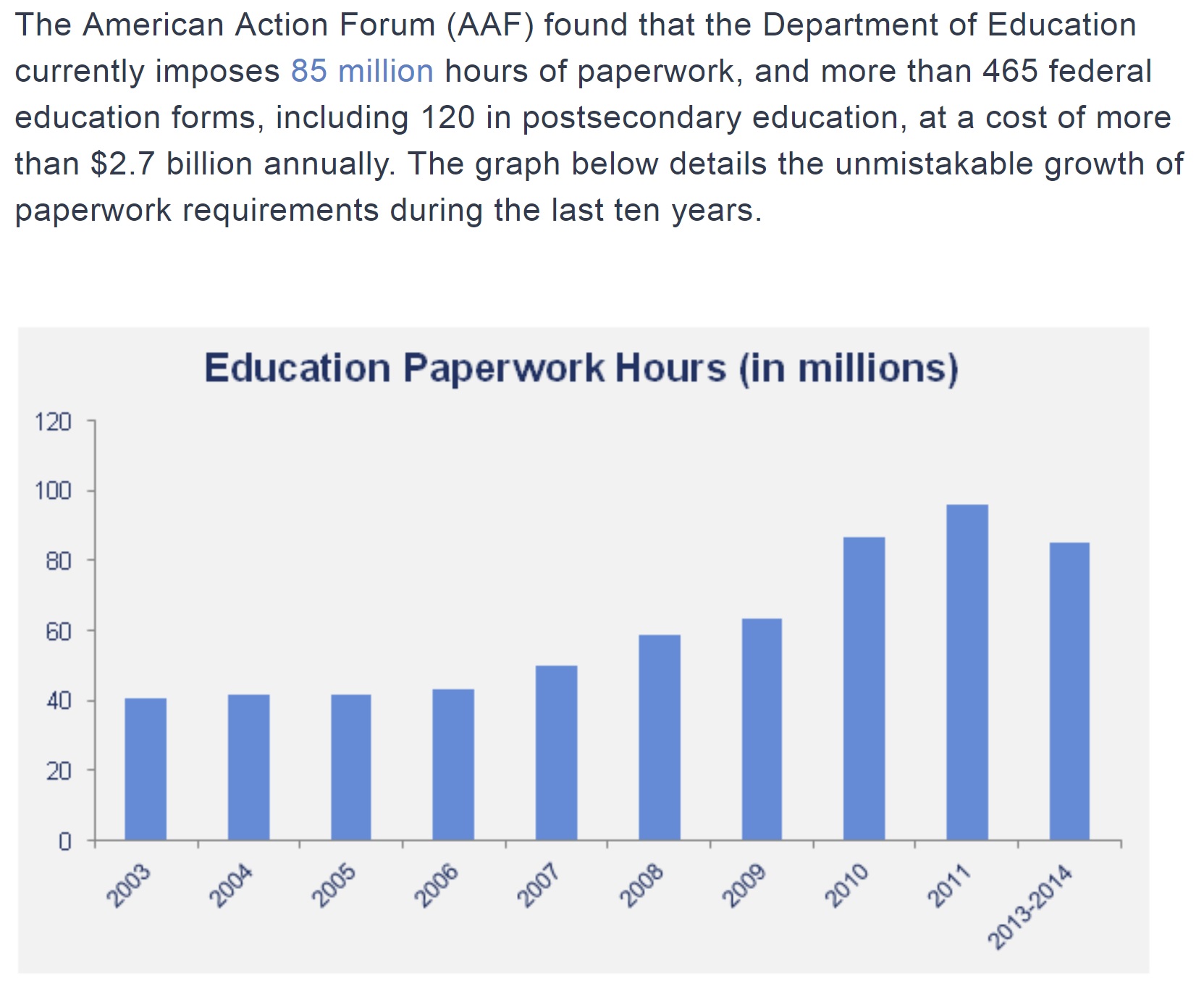
Oklahoma, Kentucky, West Virginia, and Arizona public-school teachers have stuck children in the middle of a game of chicken, and that’s why they think the taxpayers who pay their salaries are going to blink. All four states are experiencing mass teacher strikes this spring leaving hundreds of thousands (not a typo) of students and their families in the lurch. Their Republican-dominated state legislatures are largely capitulating rather than using unions’ exploitation of teachers and children as an opportunity to finally make long-overdue reforms to U.S. education.
Arizona teachers are planning pre-school “walk-ins” on April 11 as a potential precursor to strikes. They want a 20 percent hike in base pay, among other things. Oklahoma teachers just entered their second week of strikes that have suspended school indefinitely for some 500,000 kids. Oklahoma’s state legislature already raised the average teacher salary $6,000 this year, but the strikers say it wasn’t enough. They want a $10,000 salary increase.
The strikers say it’s all about the kids, but it’s really all about the money. If they cared about the kids, they wouldn’t use them as a bargaining chip by abandoning or threatening to abandon classrooms. Many states and localities are facing massive debt and unfunded pension crises created largely by decades of unrealistic financial demands from government employees, the largest category of which is usually teachers. More self-delusion will only make things worse.
Research has also long and conclusively shown that school spending hikes usually don’t go to teachers, they go to administrators and other bloat outside classrooms. So the kids are just unions’ human shields on their way to raid the kids’ public bank accounts — again.
A Lack of Money Is Not the Problem
Showing no self-awareness and little knowledge of her own field, geography teacher Tony Henson said of the walkouts from more than 100 Oklahoma school districts, “It’s like the Arab spring, but it’s a teacher spring.” The Arab spring was a response to governments that torture people of the “wrong” religions and political beliefs. It’s beyond clueless to compare that to holding kids hostage to get $10,000 more a year from fellow citizens who preserve a culture that opposes terrorist tyranny.
A global perspective is not all the perspective the striking teachers — and politicians caving to them — lack. They lack a rudimentary knowledge of the situation they’re complaining about. It has nothing at all to do with a lack of taxpayer spending. That is in gross oversupply and has been for half a century.
As the Cato Institute’s Neal McCluskey has shown, U.S. public K-12 spending has skyrocketed over the past 50 years with no improvement in academic outcomes. Other researchers repeatedly find increasing spending doesn’t help students. That’s because, as noted above, schools typically don’t send more money to classrooms, they use it to increase bureaucracy and nonacademic programming.

Arizona and Oklahoma do spend proportionately less on K-12 than many other states do, but there’s still lots of money there for teacher salaries. According to the latest federal data, for example, Oklahoma taxpayers spend approximately $7,800 per K-12 student per year, and employ 1 teacher for every 16 students. That’s about $125,000 per teacher. (Arizona’s number is $170,000 per teacher.) So why is the average Oklahoma teacher salary somewhere in the $30,000s? The money is obviously there for a large pay hike using existing spending. Where does the other $90,000 per classroom go?
No, it’s not all the special-needs students. There aren’t actually many highly physically disabled U.S. kids who require hyperexpensive care. It’s overregulation and lack of market discipline.
Overpromised Pensions and Other Wasteful Spending
States promised such outsized retirement benefits to the last generation of public-school teachers that they’re paying off this promise with current revenues. A national average of $6,800 per year per teacher pays former teachers’ pensions that state and local governments failed to save up for while those teachers were working. That’s money that could have instead boosted current teachers’ salaries. The problem is only going to get worse as more baby boomers retire and legislatures continue to hide their heads in the sand.
It’s not just that states and districts failed to save up for pensions they knew would come due, it’s that they offered literally the cushiest pensions available to teachers, notes a 2016 study: “as a group, [teachers] have by far the highest retirement costs, even compared with other public-sector employees. While the average civilian employee receives $1.78 for retirement benefits per hour of work, public school teachers receive $6.22 per hour in retirement compensation.”
Maybe teachers would be willing to trade promised huge future benefits for higher current wages, especially given that typically teachers are allowed to retire onto these outsized pensions much earlier than most private-sector workers do. Maybe legislatures should consider trades like this before rushing immediately to increase taxpayer outlays, especially given that research finds teachers are overpaid by an average of 50 percent relative to their skills and mental abilities. The overage comes almost exclusively from their fat benefit packages.
Employer Taxes and Regs Soak Up Workers’ Earnings
Estimates vary, but in general each employee costs an employer approximately an extra 20 to 30 percent of a worker’s take-home pay, in employer taxes, government-mandated unemployment insurance, and government-mandated benefits, etc. So taxpayers spend $36,000 to $39,000 to pay a teacher $30,000. That’s on top of the personal income and other taxes (such as the tax on her time to file taxes) the teacher herself pays out of that $30,000.
Thanks to Obamacare, of course, health costs have skyrocketed in recent years, soaking up an even bigger portion of teachers’ (and many other people’s) salaries. This is one of teachers’ particular complaints in Kentucky. If state and federal lawmakers didn’t leech away that big a percentage of what teachers earn, that money could go to the teachers who earned it without having to take even more from the taxpayers who provide teacher salaries.
Schools’ Hiring Binge Dilutes Teacher Wages
Over the past approximately 60 years or so, the number of public school employees per public school student has almost quadrupled. The “Great Recession” of 2008-09 merely paused this trend for a few years; it has continued since. Remember, this massive hiring glut has accompanied no improvements in graduates’ achievement.

So public schools now employ many more staff per “customer,” which necessarily depresses the wages of all those employees (if two people divide an available $100,000, each gets $50,000; if eight people divide that same $100,000, each gets $12,500). While inflation-adjusted public spending per student increased 27 percent between 1992 and 2014, an EdChoice study found, teacher wages actually fell an average of 2 percent during that time (in real dollars). In other words, schools were spending a lot more money, but they were spending it on things besides teachers.

In fact, when schools laid off a tiny percentage of staff during the Great Recession, data shows they were more likely to lay off teachers than non-teaching staff. Clearly, whoever is running U.S. public schools doesn’t put academics and teaching first. Think about this when you see dilapidated classrooms and textbooks, and other poor teaching conditions, on social media. This is not because the money isn’t there, it’s because the money is going to priorities besides classrooms.
Two Oklahoma teachers shared these photos w/ me. Their students use these textbooks. It blows my mind. pic.twitter.com/kF6Azdlgy4
— Alexia Fernández Campbell (@AlexiaCampbell) April 2, 2018
This is 100% correct. #oklaedwalkout #oklaed pic.twitter.com/tudZL2PoAs
— Michael Ross (@campfirewood) April 6, 2018
Stupid Rules Siphon Teachers’ Money and Time
The teachers do have one thing right: They are as much the victims of our public education structure as their students and their families are. Not only is money that could and should go to great teachers siphoned away to overbuilt sportsplexes that benefit relatively few students, former teachers whom legislatures didn’t save money to fund in retirement, and increasing numbers of non-teaching staff, the governments that employ them tax teachers’ time and potential income pool with an ever-increasing and counterproductive pile of regulations atop the employment taxes and mandates I mentioned above.
Education regulations are almost always decided by non-teachers, and the effects are about what you would guess from that fact. Rather than benefiting students, these regulations typically require or justify ever-expanding employment for the very bureaucrat types who come up with them. I’m talking about things like teacher licensing mandates, which researchers have long found do not improve teacher quality and traffic in disproven education fads (but do provide easy-access cash cows for state departments of education and teacher colleges since teachers are required to keep buying their products to maintain certification); ever-increasing testing and data-entry mandates; centralized curriculum mandates like Common Core; centralized teacher evaluation and ratings systems; and the massive data entry required to document things like student behavior problems and special education services.
This is one major cause of the administrative bloat shown in the graphs earlier. I’m not aware of good recent data putting specific numbers to this phenomenon in K-12, but take a look at the effects of the same thing in higher education:

The typical teacher loves to teach but greatly dislikes the system inside which she is forced to function just to be able to do what she loves. Teachers need real relief, not the insult of ignoring the real causes of their pain while throwing money in their direction they will most likely never see.
Putting millions more dollars into a broken public education system is what we have been doing for the past 60-odd years. Teachers are right to point out the results exploit them and their students. The answer is not a bigger hit of the same drugs causing cardiac arrest, it’s rehab.
Coming clean requires a full transplant from a toxic ecosystem to a healthy one. That means, quite simply, disbanding the system we know and starting fresh: Take the locus of power from a metastasized system no one can control, break it up into millions of pieces, and give that power to the people for whom public education exists in the first place. Power means money and choice.
Fire the teachers and administrators. Close the schools. Send education dollars directly to students’ legal guardians on their behalf. Then let families band together to decide which teachers and programs to rehire and restart, and which to let lie. Let each family have the power to prioritize their own kids’ specific needs and hire teachers accordingly in a plethora of mutually agreeable arrangements, instead of a few unelected bureaucrats determining what priorities everyone must have.
The alternative is, quite simply, sooner or later, bankruptcy. If teachers think the system is rot now, wait until they smell that one.









